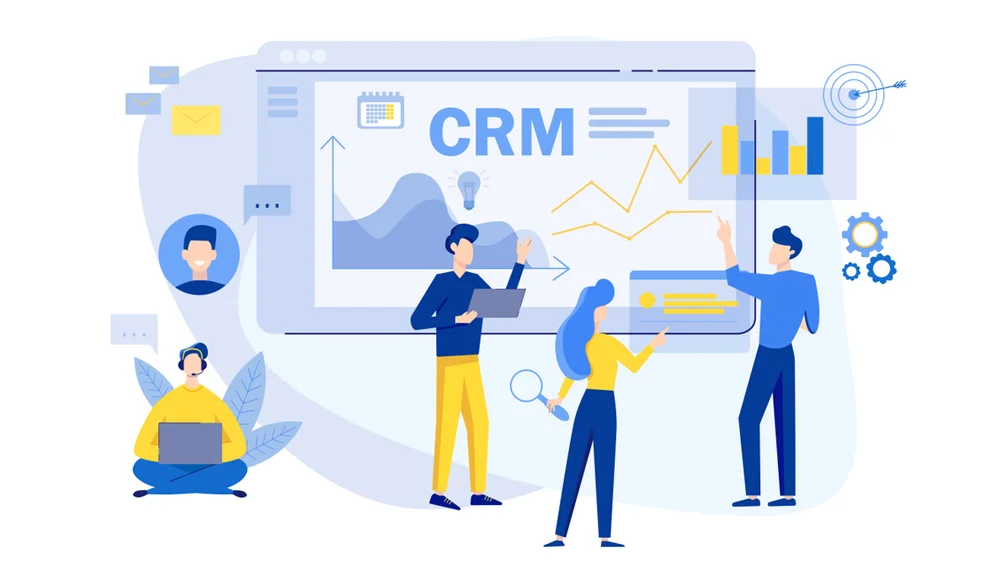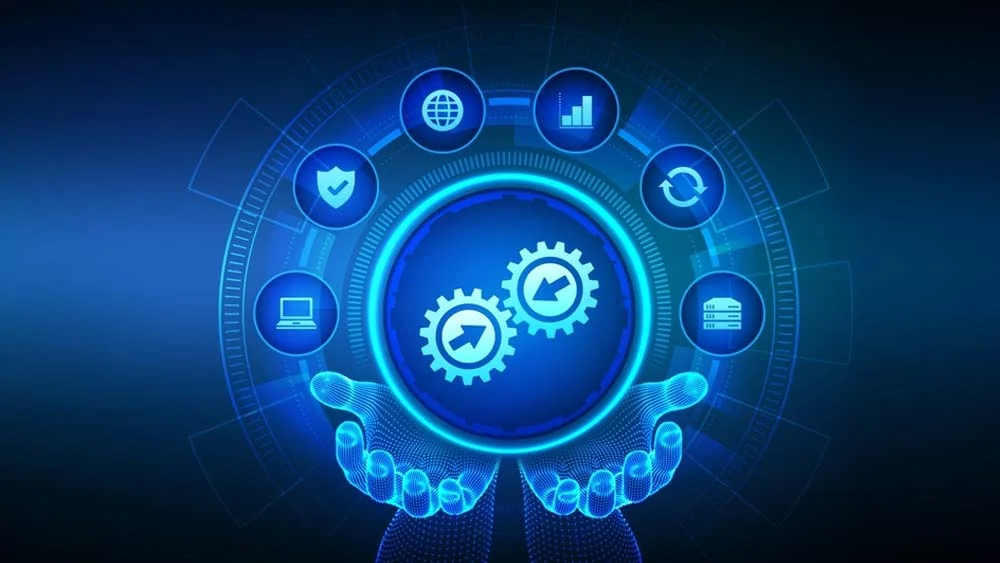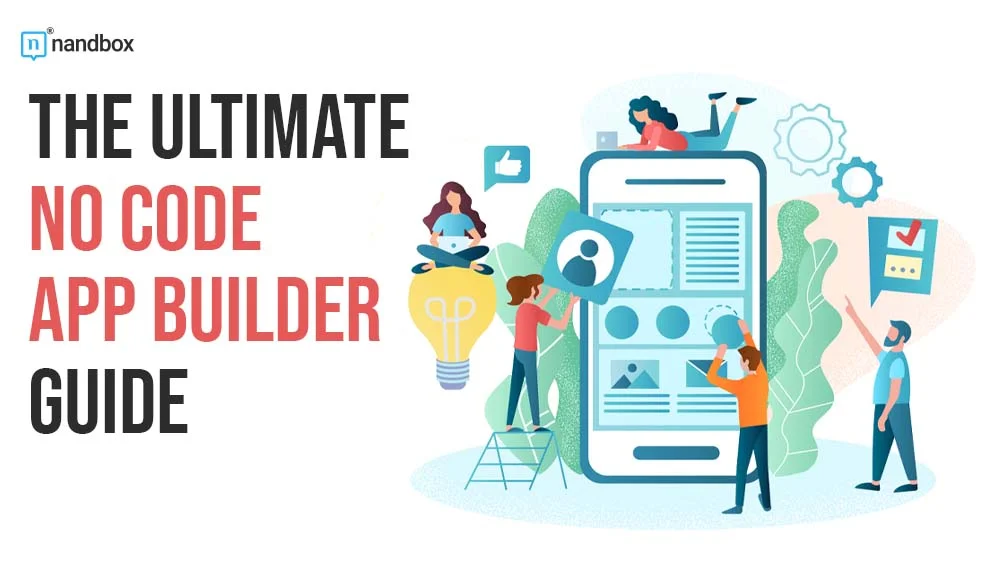You can understand the term “enterprise grade applications” in a few different ways. Depending on the context in which people use the term. It is possible that the requirements for an enterprise-grade web application will differ from those that are necessary for CRM, ERP, OLTP systems, finance, or other essential business systems, depending on what you consider to be an enterprise-grade web application.
In this day and age of cloud computing, it is absolutely necessary to have a solid understanding of what it means to have “enterprise-grade applications” for your most important programs. In the context of the modern business environment, IT and business leaders are increasingly migrating applications that are mission-critical to the cloud.
Around the same time that the “consumerization of IT” trend got underway, the term “enterprise-grade” started making an appearance. After workers started utilizing SaaS or mobile apps for business activities, software vendors who sell to enterprises started using the term “enterprise-grade” to separate their products from those that are designed for consumers. This was done in order to attract more business customers. Individuals and business entities have quite distinct sets of requirements to meet. Let’s get into the weeds of enterprise-level software that can help you grow your company, shall we?
But First, What Are Enterprise-Grade Applications?
Here’s a quick overview: Large-scale software applications, sometimes known as enterprise applications or EAs, were developed specifically for deployment in corporate or governmental settings. Enterprise application software is responsible for controlling all aspects of a company’s business operations. Through the use of collaborative workflows, complex projects can be made more manageable.
An EA may take the form of something as straightforward as a content management system or as involved as a business process management system. A sizable number of well-known businesses from all over the world, including IBM and Microsoft, produce these items. For many different types of businesses, the software that they use is considered mission-critical. Any malfunctions in their software systems would have a significant impact on their business.
Examples of Enterprise-Grade Applications
You’ve probably heard words or rather letters like “CRM”, “ERP”, or “POS” various times. They may mean something to some people, while others may have no clue what those are exactly. That is why, in order to gain a better understanding of what enterprise applications are, let’s look at some instances of them:
CRM (Customer Relationship Management)

Salesforce makes it possible for businesses to collect and manage information about newly acquired customers. As a consequence of this, they are able to secure leads and keep customers. Customers have access to company information thanks to customer relationship management (CRM), which enables sales.
ERP (Enterprise Resource Planning System)
ERP systems, such as SAP ERP, coordinate and integrate the essential business processes of their companies. They are able to better organize their resources since they have combined all of the processes that are required to run their businesses on a single platform. ERP apps make it easier for different departments in larger firms to communicate with one another and share information.
SCM (Supply Chain Management)
Oracle Supply Chain Management enables businesses to manage both their in-house procedures and external collaborators across their supply chains. Direct links can be made between retailers, wholesalers, and manufacturers when they operate in this manner. The reduction of miscommunication that occurs between businesses leads to an improvement in the visibility of the supply chain.
POS (Point-of-Sale) Software
The point-of-sale (POS) software known as Vend is responsible for managing and recording customer transactions. Using this information, businesses are able to keep track of their income and inventories. Retailers and boutiques commonly utilize enterprise point-of-sale (POS) systems in order to manage in-store items as well as customer purchases.
HRMS (The Human Resource Management System)
Information regarding employees can be saved, processed, and analyzed with the help of UKG Dimensions. They are responsible for storing, tracking, and analyzing information pertaining to staff scheduling, requests for time off, recruitment procedures, and training.
Components of an Enterprise-Grade Application
There are certain elements and components that will help you decide if an app is enterprise-grade or not. Here are some of them in order to put your foot on the right track or path:
The Integration Process
Through APIs, enterprise-grade software integrates with other programs and the IT infrastructure. Simplifying complex operations across numerous applications or datasets causes the least amount of business interruption.
Lifelong Management
Controlling content even after it has passed through a firewall, such as using digital rights management (DRM), is an important part of information security. It is also necessary to have file-level security. That is in order to protect important documents as they travel, including when you transfer them to mobile devices.
Professional Services and Support
At every level of the implementation and usage processes, professional services provide support for the integration and utilization of enterprise-grade solutions.
High Level of Productivity
In many companies, the term “enterprise-grade” refers to the process for guaranteeing that end users are able to successfully complete the tasks of the company while maintaining compliance. As a consequence of this, solutions for file sharing are user-friendly and simple to use. That is, so no one can overestimate consumer-grade alternatives.
Scalability Rate
Realistically, enterprise-grade systems should be able to manage hundreds of thousands of users at once and should have the flexibility to scale effortlessly as the number of users and data grows.
Compliance, Compliance, Oh, and Compliance!
In order to maintain compliance with government or industry rules, enterprises such as businesses, governments, and private as well as public organizations are frequently required. Applications and platforms made for businesses can help them make policies, set controls, and get, manage, and access data more efficiently. You can use these along with the Health Insurance Portability and Accountability Act (HIPAA), FERPA, GLBA, GDPR, and other laws. The requirements of data governance specify how the data of end customers should be managed and maintained, as well as the locations in which it may be processed. California’s tax structure, for example, presents unique challenges for businesses due to its strict labor laws, which include specific rules on overtime pay, meal breaks, and minimum wage requirements. Payroll systems for California’s regulations are vital for ensuring that businesses comply with both federal and state laws. A payroll platform can automate the calculation and deduction of state-specific taxes, like state income tax and disability insurance, ensuring accurate and timely filings.
Tips and Tricks on How to Build Enterprise-Grade Applications With a No-Code Solution
Staying up-to-date with the newest developmental trends and increasing your scalability are a little hint of what we will be discussing right now in this section. We provide you with tips and tricks on how to create or build an enterprise-grade app that is efficient and successful.
Explore Your No-Code Options
When your company expands, it is important to review and investigate different approaches to automating business operations and processes. A developing organization can digitize its key skills using corporate software solutions that AI powers. If you want to establish a business model that can scale, you should think about using business software like nandbox that doesn’t require any coding and has a high level of automation. It is essential to know how to use no-code application builders in a wide variety of businesses. This enables everyone to profit from the advantages that come with automating procedures.
Accept Technological Solutions
Businesses are able to maintain their competitive edge and keep up with the latest industry trends by embracing cutting-edge technologies. Before beginning to conceptualize the requirements for the business, it is vital to first assess the scope of those requirements. In addition to this, the program has the potential to be upgraded to an enterprise-level application, depending on how well it performs. Utilize existing high-end technological POS solutions while designing new products.
Recognize and Respect the Knowledge and Experience of Other Individuals
Building applications that are scalable and suitable for enterprise use is not a simple task. Employing development expertise will allow you to create enterprise-level applications with a minimum of friction. Through the use of outsourcing, you will have a much simpler time locating skilled people that are able to develop scalable applications for your business. Additionally, you can recruit development specialists through various firms that specialize in hiring and staffing.
Update Yourself With All Technological Changes and Trends
Ensure to observe any and all changes you make in any enterprise grade applications you’re using. If you make modifications to a customer profile or add notes, you need to ensure that you keep the dates intact so that you can determine who was responsible for the modifications. You will have a much easier time tracking things, and you will also have the ability to hold people responsible for their actions.
Ensure Early Implementation of Processes That Are Scalable
Constructing an application that is scalable early on in the life of your company is absolutely necessary. It is usual for new businesses to have the goal of automating formerly manual processes and activities at some point in the future. If the founders decide to switch back to manually operated processes, they can run into opposition from potential future major actors whose objectives do not coincide with their own.
Final Thoughts!
There has always been a certain degree of room for negotiation between the objectives of the company and those of IT. On the other hand, there can be no give-and-take when it comes to certain talents, particularly in regard to digital transformation. As a result, factors like speed, a large amount of data, intelligence, and others are driving differentiation, competition, and disruption.
Because of this, it is very important to pick a cloud provider, like nandbox, that really understands the business and has built a cloud that is strong, safe, flexible, and specifically designed to meet the needs of enterprise-grade software conversions.





